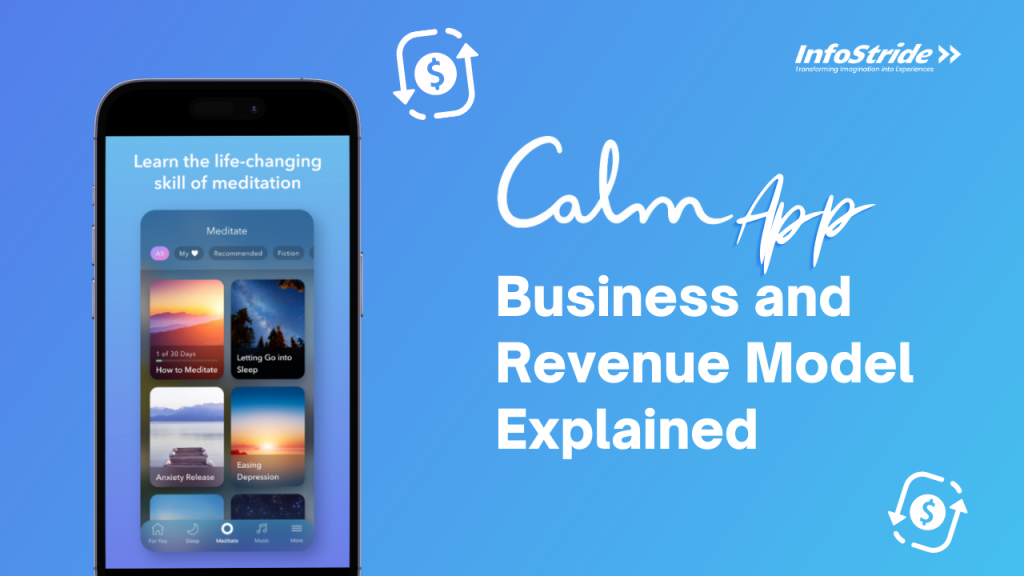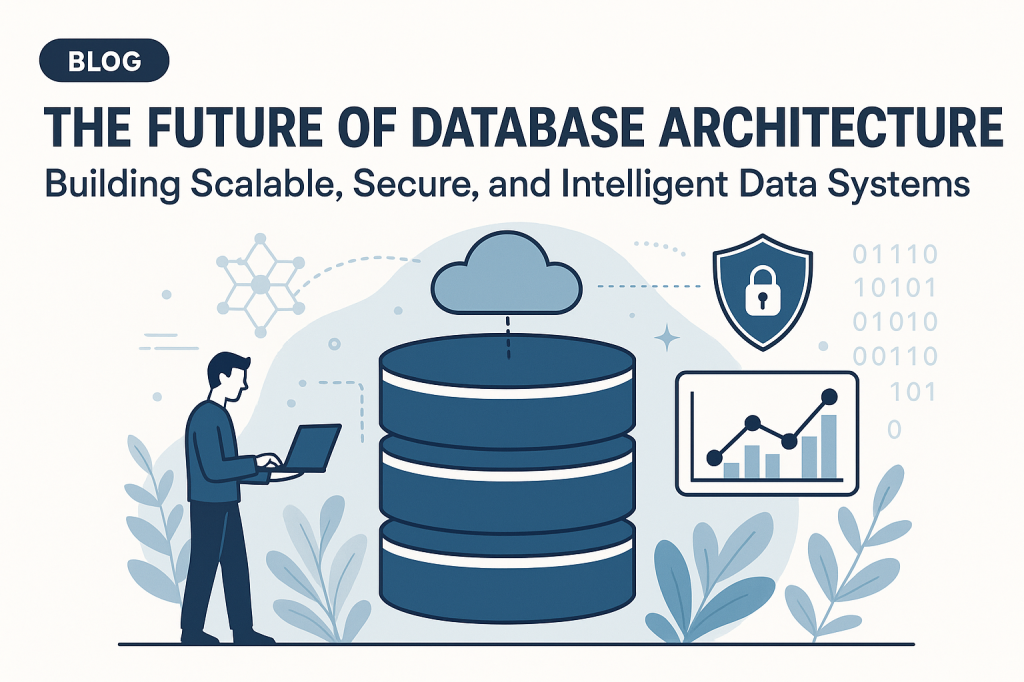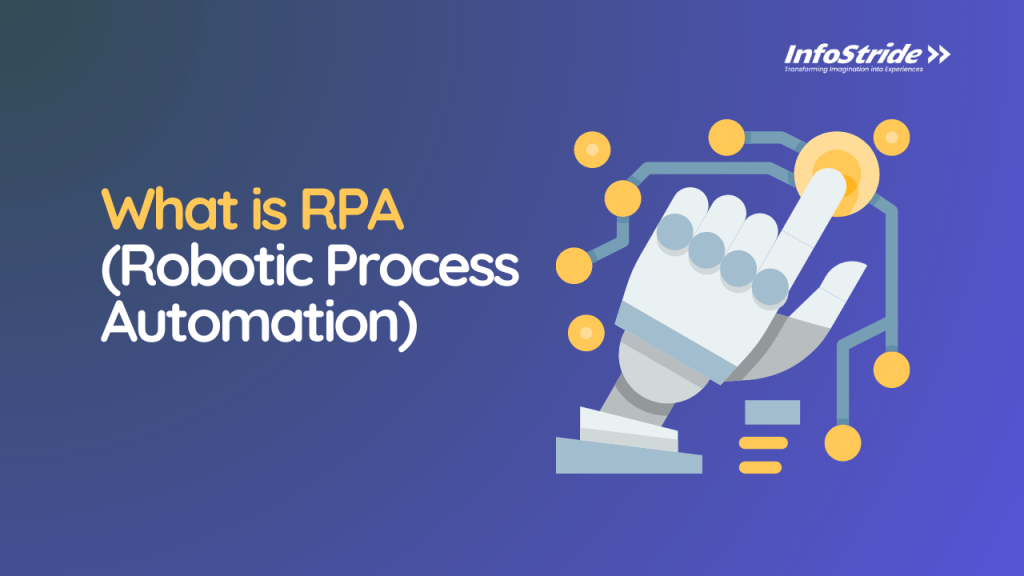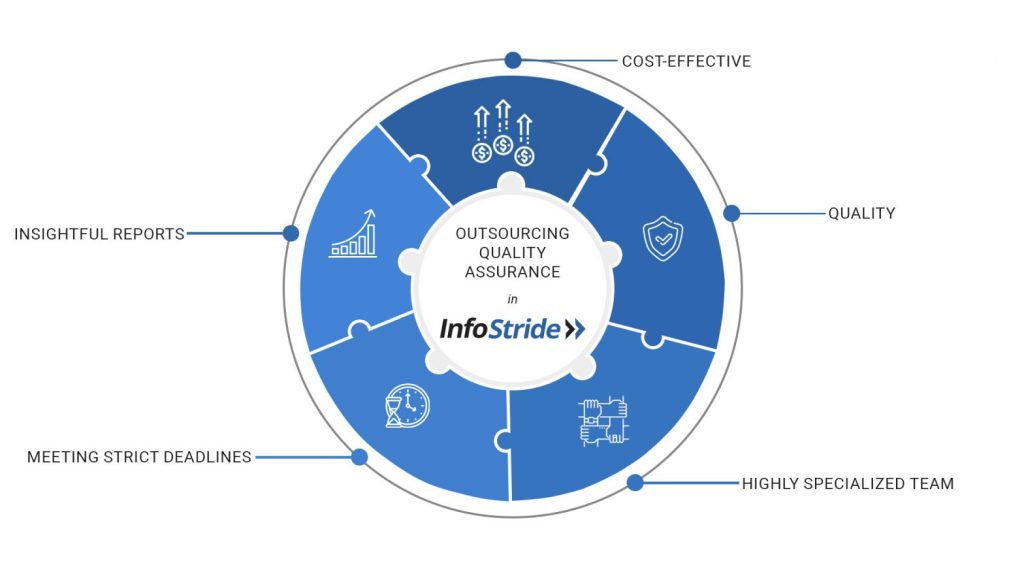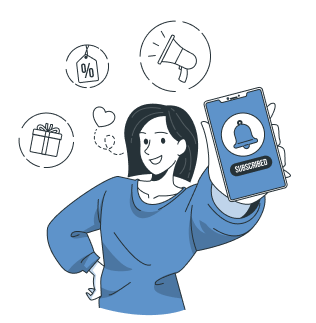Table of Content
It’s quite apparent that COVID-19 has played an efficacious role in the rising popularity of mindfulness and meditation apps. But many people have realized the value of meditation since 2015 with the fact:
“Searches or Queries for yoga and meditation apps, such as “mindfulness apps” or “yoga for beginners app,” grew 65% YoY.” – as per Think with Google.
Today, the global mindfulness meditation apps industry is booming with the launch of apps like Calm. The industry is reckoned to be valued at USD 4,377.95M by 2027, with a CAGR of 41.3% from USD 188.64M in 2018.
Table of Contents
- ⦁ Calm: The Number One Meditation App in the World
- ⦁ Key Stats and Facts About Calm
- ⦁ The Success Timeline of Calm
- ⦁ Calm Story: The Journey to Become World’s First Mental Health Unicorn
- ⦁ Business Model Explained: How Calms Works?
- ⦁ Revenue Model Explained: How Calm Earns Money?
- ⦁ Interested in Building a Meditation App Like Calm?
If you’re an entrepreneur planning to invest in Calm-like mediation app development, it’s recommended to be familiar with its business and revenue model.
In this post, you can find insights about how Calm works, how it makes money, the approach to build a meditation app like Calm. Ready to get into exciting details about Calm?
Let’s get started first with a quick overview of Calm.
Calm: The Number One Meditation App in the World
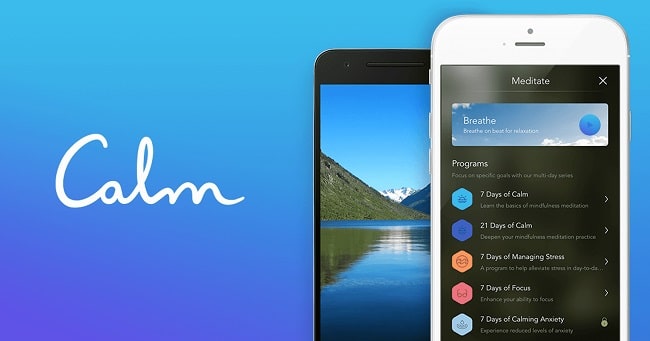 Founded in 2012, Calm is an award-winning mindfulness application with 100+ million downloads and 700,000+ 5-star reviews. The app comes with a great collection of calming exercises, breathing techniques and sleep stories that are narrated by celebrities like LeBron James, Stephen Fry, Harry Styles and Matthew McConaughey.
Founded in 2012, Calm is an award-winning mindfulness application with 100+ million downloads and 700,000+ 5-star reviews. The app comes with a great collection of calming exercises, breathing techniques and sleep stories that are narrated by celebrities like LeBron James, Stephen Fry, Harry Styles and Matthew McConaughey.
The primary goal of Calm is to help users deal with some of the most pressing mental health problems including stress, insomnia, anxiety and more.
If you’re still wondering whether investing in Calm-like mediation app development is the right decision, have a look at Calm by numbers that prove why it is a profitable business idea:
- ⦁ As of the first quarter of 2021, Calm generated in-app purchase revenue of USD 23+ million worldwide.
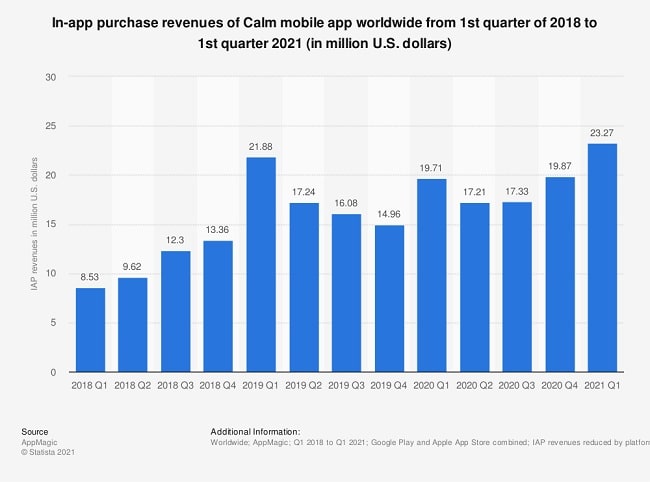
- ⦁ 52 million users downloaded the Top 10 meditation apps in 2019 and Calm is one of them securing the first position in the list.
- ⦁ Calm revenue surpassed more than 100 million in 2019.
- ⦁ As of 2020, the company hits over 4 million paying subscribers.
Key Stats and Facts About Calm
- ⦁ Year of Foundation: 2012
- ⦁ Founders: Michael Acton Smith and Alex Tew
- ⦁ Headquarters: San Jose, California, United States
- ⦁ Number of Funding Rounds: 8 (As Per Calm’s Crunchbase Profile)
- ⦁ Total Funding Amount: $218M
The Success Timeline of Calm
| May 2012 | Founded |
| Feb 2013 | Seed Round – $465K |
| Jun 2014 | Seed Round – $578K |
| Jun 2018 | Series A – $27M |
| Nov 2018 | Convertible Note – Calm |
| Feb 2019 | Series B – $88 M |
| Jul 2019 | Series B – $27M |
| Sep 2019 | Secondary Market – Calm |
| Dec 2020 | Series C- $75M |
Calm Story: The Journey to Become World’s First Mental Health Unicorn
Calm, the #1 meditation app in the world, was founded in 2012 by Alex Tew and Michael Acton Smith. Before the launch of Calm, Michael was in the mobile gaming industry.
Alex, on the other hand, commenced his journey by creating the Million Dollar Homepage. That initiative brought success to him in just 5 months. But he was ardent about mindfulness and neuroscience and taught Micheal the same.
Eventually, they teamed up and came up with Calm.
In 2015, Calm tasted success with a revenue of $2M. With the launch of sleep stories, the app’s popularity surged in revenue and more investors showed interest in funding the company with angel investments.
In 2018, Calm raised the first funding of $27M (Series A) with Insight Partners being the lead investors.
In 2019, the company has 2 Series B funding rounds of $88M and $27M respectively with the involvement of top investors like Lightspeed Ventures Partners and TPG Growth. That led to a $1 Billion valuation company in just 7 years.
With its Series C funding round of $75M in 2020 at a $2 billion valuation, Calm is now the world’s first mental health unicorn.
The Business Model Explained: How Calm Works?
Calm works on a freemium business model that enables users to download the app and discover its daily meditations, mood tracker, sleep stories, breathing exercises, music tracks and some guided meditations for free.
The app offers a 7-day free trial that provides access to 100+ guided meditations, exclusive musical tracks for relaxation and sleep, the complete sleep stories library and more. Once the free trial period ends, the app enables users to gain access to the full library at $49.99 per year.
Let’s now take a peek over its Business Model Canvas:
| Customer Segments |
|
| Value Propositions |
|
| Key Channels |
|
| Key Activities |
|
| Key Partners |
|
| Key Resources |
|
| Cost Structure |
|
| Revenue |
|
The Revenue Model Explained: How Calm Earns Money?
Calm has three revenue sources; which are described below in detail. Have a look!
1. B2C Subscription Revenue Model
Calm enables consumers to download its application for free but the free version doesn’t provide access to the entire library of the app. To make the most of the app, Calm offers a free trial that lasts for 7 days and after which, the app offers premium plans to choose from.
To enjoy all of Calm’s full library of meditation programs, sleep stories and more, the app charges the subscription fee that contributes to the part of Calm’s revenue stream.
Users can choose from two subscription plans: an annual subscription and the lifetime subscription.
- ⦁ An annual subscription plan: $49.99 per year
- ⦁ Calm For Life, an unlimited subscription plan: $399.99
2. B2B Subscription Revenue Model
Calm has a B2B subscription revenue model in the form of packages exclusively for businesses:
- ⦁ Calm for Team: designed for companies with 5 to 100 people. As you add more users, the subscription fee per user decreases.
- ⦁ Calm for Business: designed for companies with more than 100 people.
Companies that use Calm include Gofundme, Lincoln, Universal music group and Iterable – to name a few. By buying Calm for your team through B2B packages, each member of your company will get access to the complete library of the Calm app.
3. Partnership Revenue Model
Calm collaborates with other brands in different ways such as marketing campaigns, content licensing, content development, physical product partnerships and others.
At present, Calm has a collaboration with leading brands such as American Express, Apple, Uber – to name a few. These alliances also contribute to Calm’s revenue stream.
Companies that want to partner with Calm get the full freedom to decide the purpose of collaboration, the number of people they would like to reach, the budget level and more. So, companies quote their ideal budget range and it’s up to Calm to accept, negotiate or reject.
Interested in Building a Meditation App Like Calm?
Indeed, investing in Calm-like mediation app development is a lucrative business idea. But to compete with existing strong players in the meditation and wellness industry, you need a strategic development partner to build a successful application.
When it comes to choosing a development approach, you can either build an in-house team or outsource development to a remote team.
While the in-house development approach ensures a smooth communication process, unlimited post-delivery support and full control over the team, the outsourcing approach saves you from recruitment, training and infrastructure expenses. That’s why outsourcing to the remote development team is now a trend among startups and businesses alike for product development.
At InfoStride, our remote development teams have expertise in end-to-end digital product development from strategic design thinking to deployment and maintenance.
You can relish the following benefits by hiring remote talent from InfoStride:
- ⦁ Access to pre-vetted and well-trained tech specialists.
- ⦁ State-of-the-art development center fully equipped with latest technologies.
- ⦁ Administrative and legal support – onboarding, payroll, taxes, compliance.
Interested or any doubts? Schedule a free consultation session with our experts to learn more about the process to hire remote developers or build a meditation app like Calm.
hbspt.forms.create({
region: “na1”,
portalId: “20184836”,
formId: “c108011c-3782-41c8-afeb-3034f8ff361d”
});
Conclusion:
The demand for meditation and wellness apps has been escalating with the shifting inclination of people towards creative ways to relax their minds and live a stress-free lifestyle.
And remember, when you want to build a Calm-like meditation app, you need a solid business model and strong development partner to make things work in your favor.
Thus, it’s a must to get deep into the Calm business and revenue model of existing players- Calm to find and turn their weaknesses into opportunities for your business.
